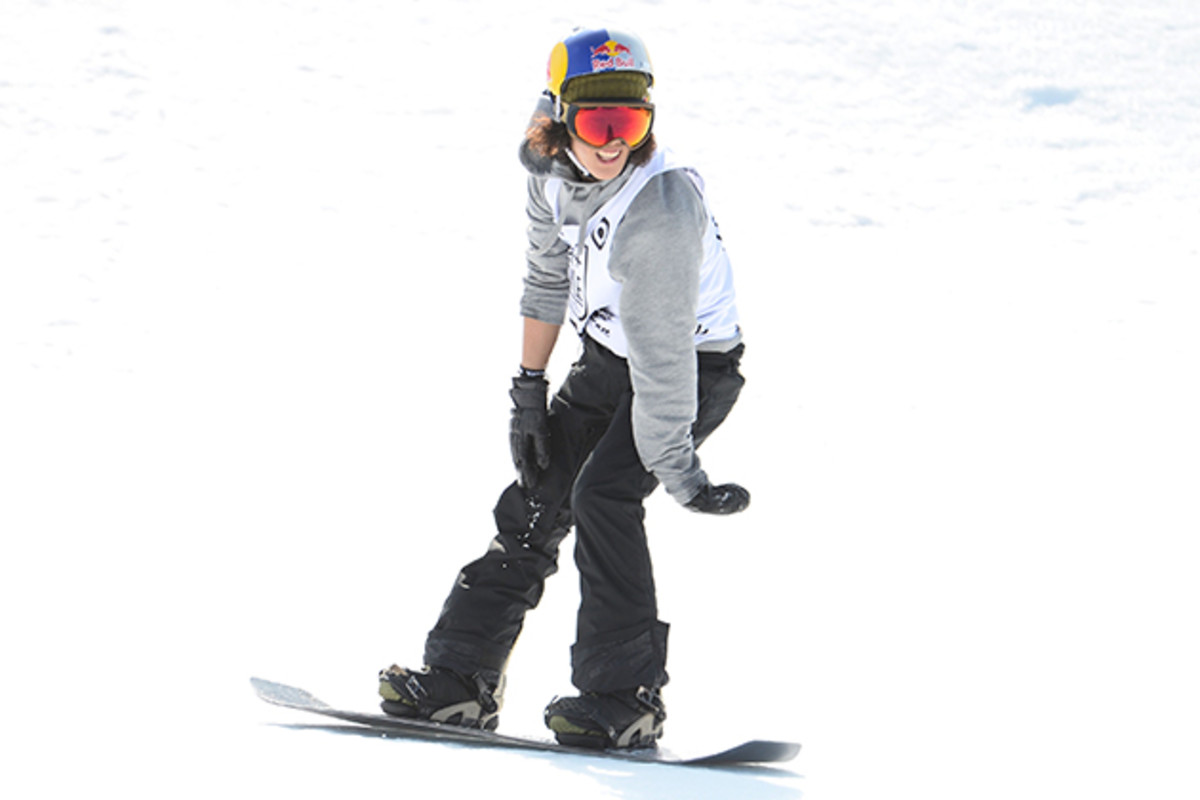Behind the Trick: Yuki Kadono on his back-to-back Triple Cork 1620

There’s only one reason to try a back-to-back Triple Cork 1620, according to 19-year-old Japanese snowboarder Yuki Kadono: high scores.
The Olympic snowboarder pulled out the trick for the first time at the 2015 Burton U.S. Open in Vail, earning him not only a raucous fan response, but also enough high marks from the judges to walk out of the Slopestyle event with the title.
As Kadono prepares for X Games Aspen 2016 on Buttermilk Mountain, he tells SI.com—with the help of an interpreter—what goes into pulling off a back-to-back Triple Cork 1620.
Tim Newcomb: How do you train for the move?
Yuki Kadono: “I’ve always had a mental image of me landing it, but I never really had the environment in which to practice it. The only time I’ve tried a switch backside 1620 was at X Games Big Air for the past two years. I wanted to train for it, of course, but never really had the chance.”
X Games Aspen Preview: Stars of the slopes and pipe go all-out for gold
At what point during your run do you know you will attempt the back-to-back?
YK: “This depends on where I’m placed during the contest. At U.S. Open last year, I was placed second after Mark [McMorris] and I knew that the only way I could beat his score was to land a back-to-back 1620 [McMorris had just completed a never-before-done frontside triple cork 1440 to a backside triple cork 1440]. I usually decide on what runs I want to do right before I drop in. I would only attempt to do the back-to-back routine if I’ve landed the initial routine I was planning on doing or if that is the only way I could possibly place first at that contest.”
TN: How do you need to position yourself for the first Triple Cork?
YK: “It’s really hard for me to explain how I position myself preparing for the first Triple Cork or, in fact, any tricks when I’m riding. I’ve been riding for so long that my body just positions in a way that I’m most comfortable with. A few things I always try to remember while riding is to never be afraid, keep the grab as long as possible and to check the landing whenever you have the chance to.”
TN: How do you execute the move?
YK: “This may vary with the shape of the jump, but I always try to keep my weight at the center of my body, meaning not leaning front, back or to the sides. When I take off, I try to imagine myself jumping straight up to the sky and kick the lip of the kicker with my feet. As soon as I’m off the ground, I reach my hands down to grab the board as I start my rotation in the air. During my spins, I check how far I am from the landing and from there on I just hold on to the grab until I feel that I’m close enough to the ground. Once I land, I absorb the impact with my whole body and prepare myself for the next trick.”
TN: Does how the first one went dictate if you try the second?
YK: “This also depends on the situation. If I’m in first place and it is unnecessary for me to pull off a back-to-back, I wouldn’t attempt to go for the second triple cork if I did not land my first triple cork clean enough. However, if I was in a situation where the only way for me to win is by landing a back-to-back 1620, I would try to go for the second triple even if I may have not landed my first one clean enough for me to connect to the second triple.”

Does landing the first give you confidence for the second?
YK: “Not necessarily. In order for me to score high at a contest, I need to have a complete run. This means that whether it’s a rail or a jump trick, they are both just as important for you to have a perfect run. So, every trick I make is just as important as the next one. Whether I land the first triple or not, if it’s necessary for me to land the second triple, I will go in to the second triple the same way I did for the first. Also, when I keep landing my tricks throughout my run, it actually adds more and more pressure for me to land the next trick, but I enjoy this thrill and this is a rush I can’t get from anything else.”
TN: Are you doing anything differently in the second trick from the first?
YK: “Yes. For my first triple I am taking off the jump with my main stance, regular, and spinning four-and-a-half times in the air. When I land this, it makes me land on my opposite foot forward. This forces me to go into the second triple with my opposite stance. This makes the trick a lot more difficult than it looks.”
Tim Newcomb covers stadiums, sneakers and training for Sports Illustrated. Follow him on Twitter at @tdnewcomb.
